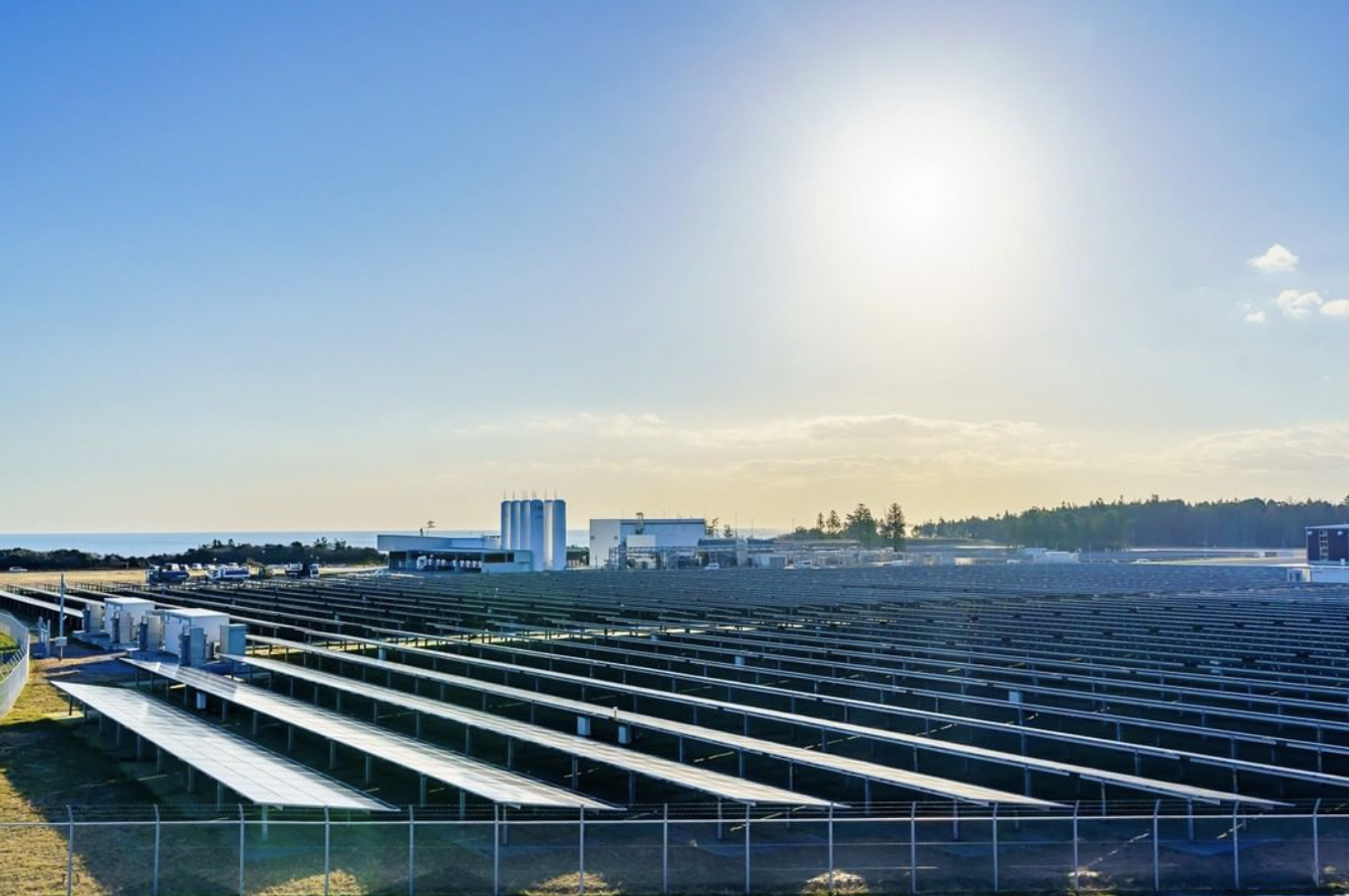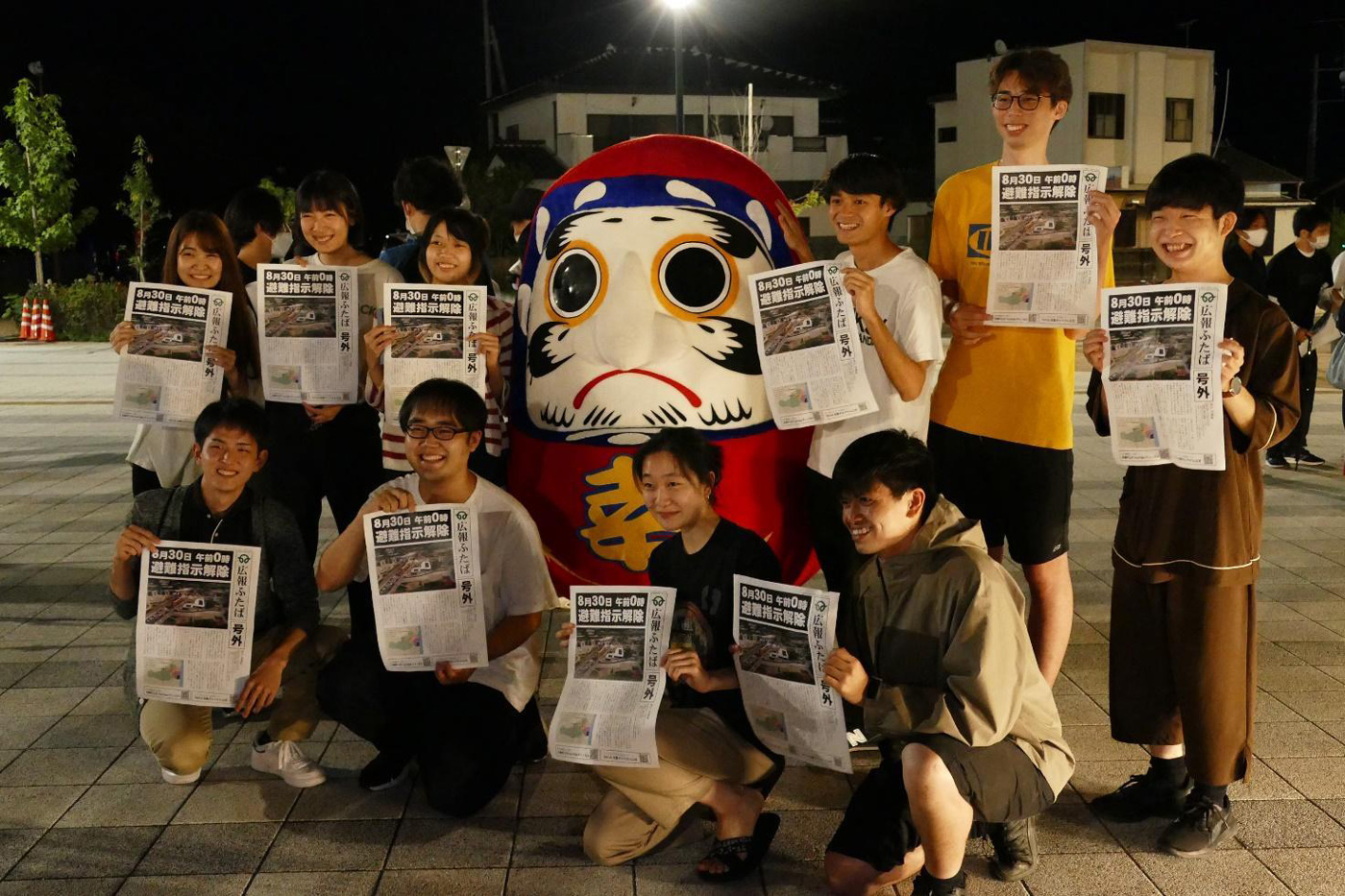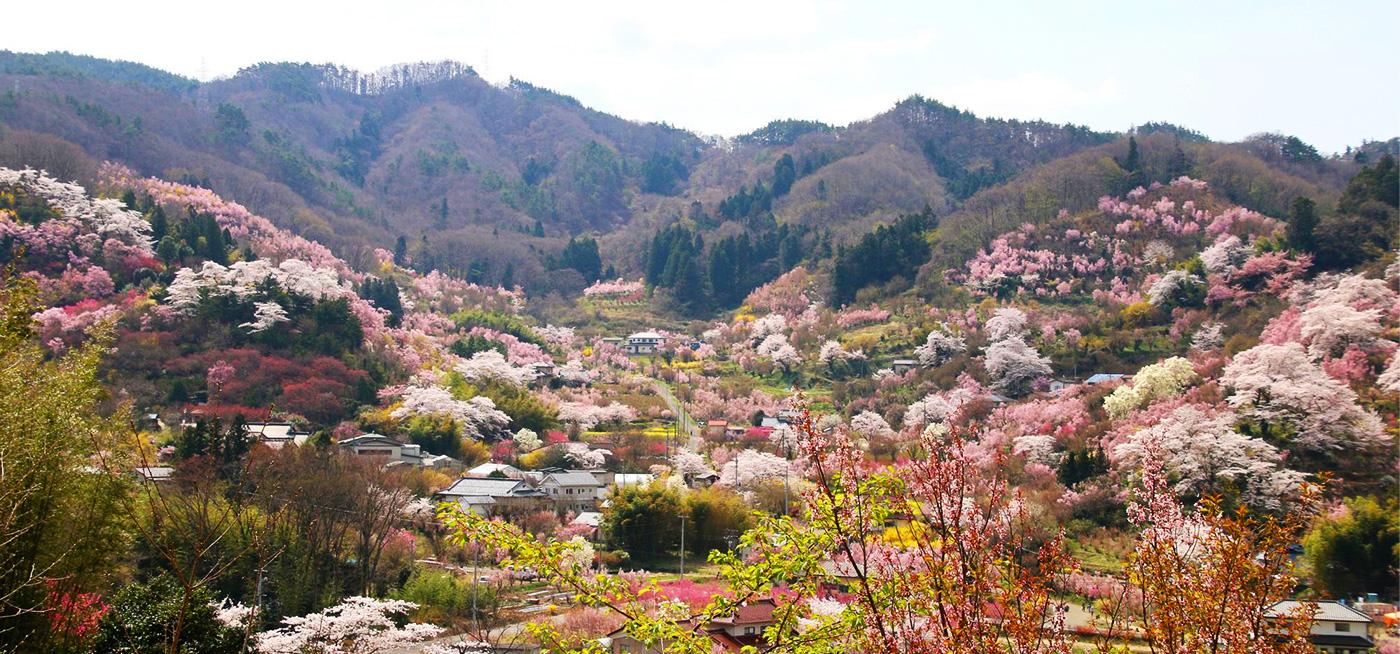Much of Fukushima Prefecture bears no signs of the historic events of 2011. There is little evidence that a record earthquake, then tsunami slammed into its Pacific coast, leading to a nuclear power station accident. Today, whole towns and cities have been rebuilt; industrial production exceeds pre-disaster levels. Fukushima’s air now has lower ambient radiation than major cities like Tokyo, and its famously delicious peaches are again popular.
Japan is a nation singularly experienced with rebuilding. Volcanoes and typhoons are a feature of life, as are earthquakes and tsunamis. But the Great East Japan Earthquake has presented unique challenges; there had been nothing like it since Chernobyl.
“Fukushima Prefecture is different from other prefectures in that it was [also] hit by the nuclear power station accident,” says Kiyotaka Yamada, deputy director of the revitalization and comprehensive planning division in Fukushima. “While the earthquake and tsunami occurred in other prefectures, our prefecture suffered a complex disaster unparalleled in the world.”
At the height of displacement 470,000 people were evacuated, and even today 30,000 are unable to return. Still, a huge amount of work has been done to make the region safe again, including full surface decontamination of nonrestricted areas, which required the removal of millions of tons of soil and contaminated material. As of the end of May 2022, a little over 2 percent of the region is still restricted.
Now officials are focused on handling water treated through the ALPS, or advanced liquid processing system. While Fukushima’s reconstruction has been followed by neighboring nations since 2011, the discharge of ALPS-treated water has attracted a great deal of attention. Authorities plan to discharge ALPS-treated water in full compliance with the regulatory standards with thorough monitoring. Discharged water contains tritium at just 2.5 percent of the regulatory maximum. The International Atomic Energy Agency acknowledged that discharging ALPS-treated water into the sea is based on scientific evidence and in line with international practice.
“The reconstruction of the prefecture is like a two-story building,” Mr. Yamada says. “The nuclear accident forced twelve cities, towns, and villages to evacuate. If the reconstruction from the nuclear accident is the ground floor of the building, the second floor is the reconstruction work of Fukushima Prefecture as a whole from the complex disaster.” And the foundation of that building is the safe and secure decommissioning of the nuclear power station.
The Road to “Creative Reconstruction“
Not satisfied with mere restoration, Japanese officials are aiming for “creative reconstruction“—to build back better. “We seek to strengthen Japan's competitiveness by utilizing the vast land in Fukushima Prefecture to make it a hub for Japanese science and technology, while at the same time using it as a catalyst for Fukushima's reconstruction,“ says Taishi Nakami, counselor for the Reconstruction Agency.
One goal is to create a thriving region that will both attract new and returning residents: The prefecture saw the opening of the Sukagawa and Linkru Okuma community centers in 2019 and 2021 respectively, with extensive and carefully designed spaces for cultural, commercial and recreational activities.
The other is to help Japan and the world solve pressing challenges.
Fukushima is already the top-class prefecture for solar-power generation in the country, and in 2020 a hydrogen energy research field opened in Fukushima’s Namie town containing one of the world’s largest-capacity hydrogen plants. Fukushima is contributing to the realization of a hydrogen society, where hydrogen is produced from renewable energy, stored, transported, and used.

The prefecture also hosts one of the largest bases for the development and demonstration of field robots in the world. And in April 2023, the Fukushima institute for Research, Education and Innovation is scheduled to open near the site of the nuclear power station. Hundreds of researchers in robotics, energy, agriculture, and forestry will be based here, with a ripple effect on the region expected to include the growth of commercial enterprises.
The institute will also research robotics, refining innovative machines (developed in the aftermath of the earthquake) that can reach inaccessible areas during nuclear decommissioning and decontamination. Another major research area is radiation science and nuclear disaster response—a sign that Fukushima wants to help the world learn from its difficult past.
Return to a 'Zero Town'
As well as the immense physical and technical challenges, there are psychological obstacles to overcome, too. Migration from Fukushima to Tokyo and other megacities was already an issue prior to 2011, but following the earthquake many people aren’t moving back, even though it is now safe to do so.
The town of Futaba was devastated by all three elements of that terrible day, but while the effects of the earthquake and tsunami have largely been repaired, concerns over nuclear fallout continue. The entire population of almost 7,000 people was evacuated after the earthquake and only in 2022 were they allowed to return.

A recent survey of Futaba town’s evacuees revealed that 11% want to come back; 24% are still undecided about returning. The local government hopes to attract 2,000 residents by 2030. To attract returnees and new residents, the town is busy building new homes and appealing to new businesses. “We are focused on attracting companies to the town with generous assistance, for example, a subsidy scheme of the national government to cover two-thirds of the construction costs of buildings, and as of now, twenty-four have already decided to locate in our town,” says Yasuharu Hashimoto, manager of the Futaba-machi secretary and public relations department. “We want to ensure that there are no inconveniences in living in the town.”
Business is now acting as a forerunner in Futaba town. If workers are willing to spend the day there, then commute elsewhere at night, it’s hoped that before long they will choose to resettle in the town. The area is more affordable than elsewhere in modern Japan. “Futaba town will continue to do its best to become a town where people want to return someday,” says Hashimoto. “Even if they cannot all return right now.”
with the Commercial Department of the WALL STREET JOURNAL.
